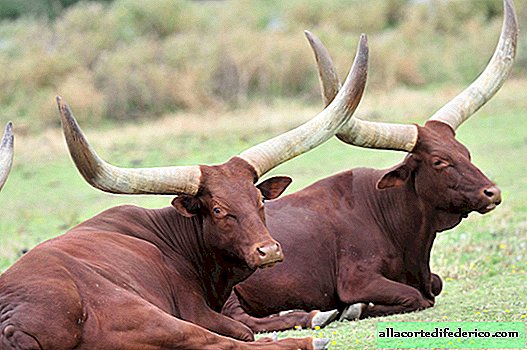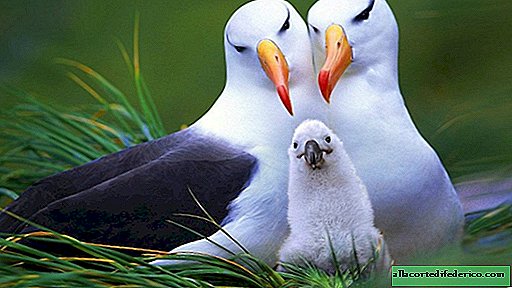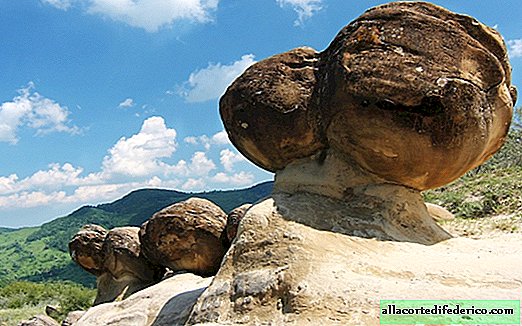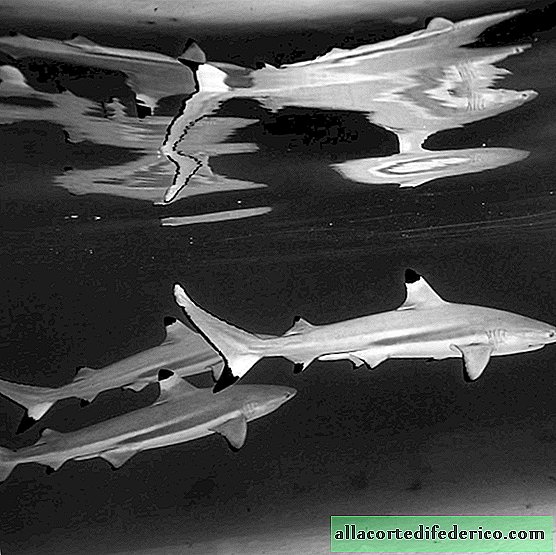The fattest horns on the planet: why do African watussi have such horns
Looking at a picture of watussi, you can suspect the traces of the Photoshop wizard in it. But no, these cows really have the thickest horns of all the animals of the planet, and such exotic can easily be found on the expanses of the African continent. But it is terribly hard and inconvenient to live with such horns, why did nature create such bizarre creatures? It turns out that not everything is so simple and these horns perform an important function in the body of the watussi.

Vatoussi, or ankole-vatoussi, are bred by pastoralists in many regions of Africa. The tribes of Tutsi, Masai, Dinka, Ankole and many others appreciate these cows for their endurance and unpretentiousness. Vatoussi perfectly tolerate the African heat, lack of water and can eat coarse dry food, and this is exactly what is needed in the conditions of savannahs and semi-deserts, where rains and green grass are extremely short time. This breed of cows in the XX century was also introduced to the United States, where it was widely distributed: farmers quickly appreciated the unpretentiousness of vatussi. The watussi cow line, which is common in the New World, has more straight horns, while native African ones have lyre-shaped horns.


It is believed that watussi occurred when crossing extinct wild tours and zebu bulls from India, which by sea came to the coast of Africa in ancient times. As a result of this crossing, unusual cows with very long and thick horns were obtained, which the tribes of East Africa began to breed. Watussi bulls weigh about 600-700 kilograms, cows 150-200 kilograms lighter. Not the last role in such an impressive weight is played by grandiose horns. Although they are hollow inside, but the weight of one horn can reach 40-50 kilograms.

The horns of African watussi are penetrated by a dense network of blood vessels and are involved in the process of thermoregulation of the animal. During the sweltering African heat, a body covered with wool practically does not radiate excess heat, but horns that are devoid of hair and have a large area compared to the volume are an excellent cooler for the body. Blood, cooled in long ventilated horns, enters the body of the animal, lowering the general temperature of the body. It turns out that the watussi horns are not so heavy and uncomfortable when it comes to salvation from heat stroke.


















